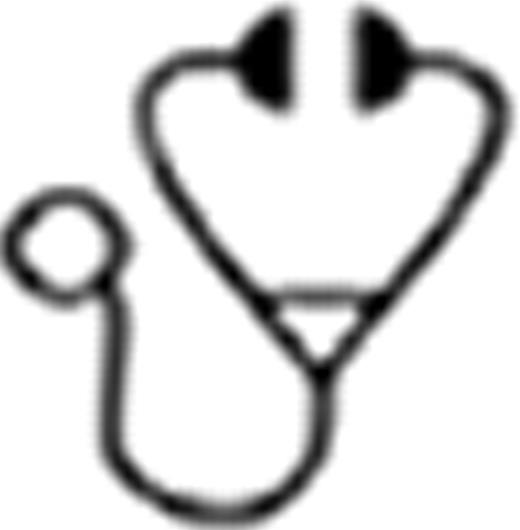Abstract
Abstract  964
964
High dose immunosuppressive therapy and hematopoietic stem cell transplantation (HSCT) has shown efficacy in severe or rapidly progressive systemic sclerosis (SSc) in phase 1 and 2 trials with durable responses in two thirds of patients (pts), while a recent phase 2 randomised trial in 19 SSc pts showed superior benefit of HSCT over iv pulse cyclophosphamide (Cy) on skin score and lung function.
The ASTIS-trial (Autologous Stem cell Transplantation International Scleroderma trial) is a multinational prospective randomized controlled phase 3 trial, comparing safety and efficacy of HSCT versus Cy in early progressive dcSSc pts with disease duration of a) 4 years or less and evidence of organ involvement or b) of 2 years or less and evidence of systemic inflammation with or without major organ involvement. Major exclusion criteria were: concomitant severe SSc disease (mean PAP > 50 mmHg, DLCO < 40% predicted, creatinine clearance (CCl) <40 ml/min, LVEF <45%, uncontrolled arythmia, infection, previous Cy (>5gr iv or >3months oral) treatment), liver failure. Pts randomized to the transplant arm underwent mobilization with Cy 2×2 g/m2 + G-CSF 10mcg/kg/d, conditioning with Cy 200 mg/kg, rbATG 7.5 mg/kg, followed by reinfusion of CD34+ autologous HSCT. Controls were treated with 12× monthly iv pulse Cy 750 mg/m2. Crossing over was allowed after 2 years. The primary endpoint was event-free survival (EFS), defined as survival until death or development of major organ failure at 2 yrs. Toxicity according to WHO criteria and progression free survival (defined as worsening of modified Rodnan skin score, functional ability, major organ function) were the main secondary endpoints. The effects of treatment were analyzed on an ITT basis and by comparing EFS using the KM survival curves (using log-rank test) and Cox models.
156 pts (female 59%), from 27 centers were enrolled in 10 countries from March 2001 until October 2009 and randomized to HSCT (n=79) or iv pulse Cy (n=77). Seventy-five pts in each arm started treatment, 70 pts in HSCT and 58 pts in control groups completed treatment. The median time (Interquartile Range (IR)) from randomization to completion of treatment was 93 (43.0) days in the HSCT and 338 (41.75) days in the control groups respectively. Baseline characteristics (mean (SD)) of the pts were: age 44 (11.2) yrs, SSc duration 1.4 (1.3) yrs, BMI 24 (14.4), Rodnan skin score 25 (8), HAQ 1.35 (0.8), prior Cy therapy 22%, creat cl 116 (39.5) ml/min, LVEF 65% (8.5), DLCO 59% (14), with no significant differences between the 2 arms.
With data cut at 1 May 2012, median follow-up (IR) are 33 (42.0) and 27 (34.0) months in the HSCT and control groups respectively. Forty two events occurred : 18 in the HSCT group (16 deaths and 2 irreversible renal failures) and 24 in the control group (24 deaths). Event-free survival was time-dependent with a hazard ratio at 84 months of 0.22 (95% CI 0.08–0.58, P= 0.002). Eight deaths (including 1 during mobilization and 1 after conditioning) in the HSCT group were deemed treatment-related by the independent data monitoring committee with heart failure (3), ARDS (2), multiple organ failure (2) and pulmonary oedema (1) as the causes of death. In the control group, none died from treatment causes and most deaths were due to progressive disease. Eight pts in the control arm received rescue HSCT treatment, one of whom later died from secondary acute myeloid leukaemia. Two HSCT pts received rescue iv Cy therapy.
The ASTIS-trial is the first international, investigator-initiated, phase 3 HSCT trial in early diffuse cutaneous systemic sclerosis. The data show that despite 10% treatment-related mortality, long term event-free survival and overall survival were better in the HSCT group than in the group treated with iv pulse cyclophosphamide.
(Funded by the European Group for Blood and Marrow Transplantation, European League Against Rheumatism, AP-HP, NIHR, DIGR, Imtix-Sangstat, Miltenyi-Biotec, Amgen Europe; Current Controlled Trials number, ISRCTN 54371254).
No relevant conflicts of interest to declare.
Author notes
Asterisk with author names denotes non-ASH members.

This icon denotes a clinically relevant abstract

This feature is available to Subscribers Only
Sign In or Create an Account Close Modal